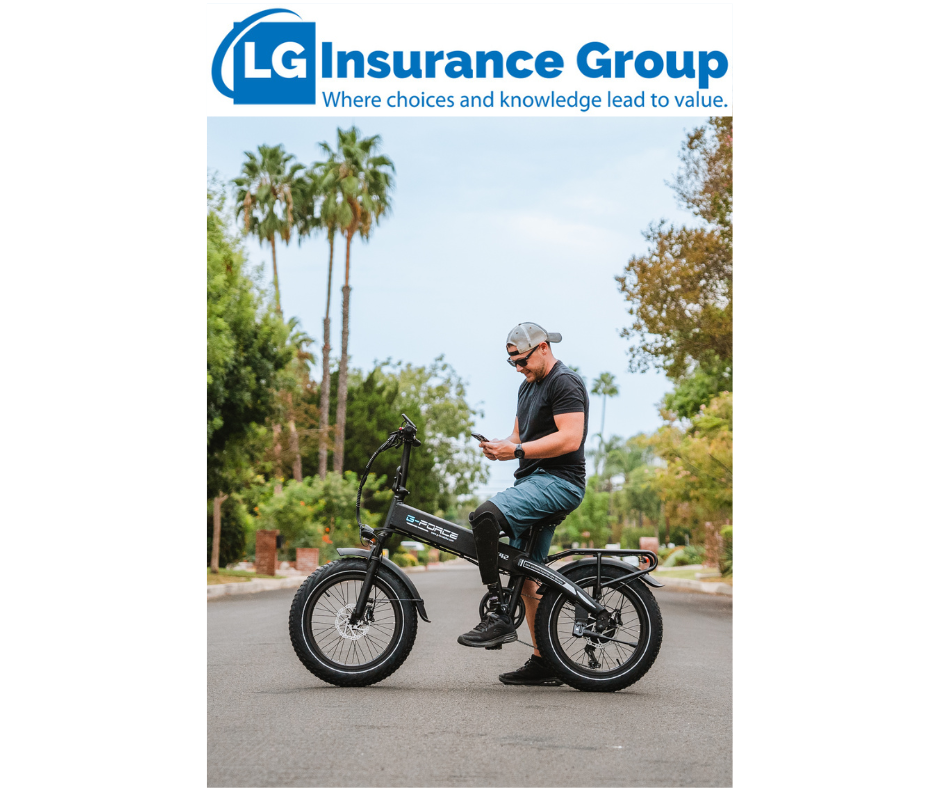Embarking on Your Motorcycle Road Trips with Adequate Insurance
Marietta, GA, is excellent for motorcycle rides, but occasionally, the desire to take on a national road trip may beckon. Meticulous planning is necessary to ensure a successful trip. Regardless of whether your journey takes you to sunny California or sunny Florida, your Georgia motorcycle insurance from LG Insurance Group safeguards your ride.
Traveling Internationally with Your Motorcycle
An extension of your insurance policy becomes necessary if your adventure transcends national borders. Such changes are crucial due to the specific coverage requirements of the countries you hope to visit. To maintain compliance with these countries’ laws ‒ for example, in Canada or Mexico ‒ you must secure adequate coverage. If you habitually ride into these countries, ensure that your international policy coverage remains consistently in force.
This form of coverage is in the insurance industry referred to as "Green Card" insurance or international motorcycle insurance. Considering a road race, rally, or other motorcycle event across the border may necessitate purchasing an extreme sports policy inclusive of motorcycle coverage.
Other Legal Requirements for Riding Internationally
Before you venture out for an international motorcycle expedition, you must secure an international driver’s license with a motorcycle endorsement. Most AAA offices offer this service as long as you possess a valid U.S. driver’s license. Any necessary queries and clarifications regarding your motorcycle ride across international borders can be addressed by LG Insurance Group. Insurance covers policyholders in Georgia and other U.S. states, with additional coverage necessary for road trips to Canada, Mexico, or other countries.








 Click to Call
Click to Call Get Directions
Get Directions

